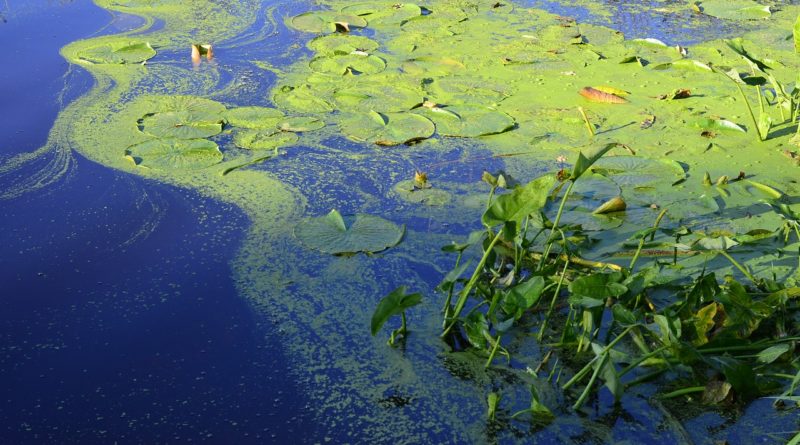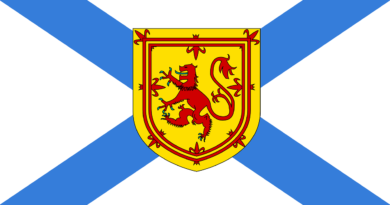Caution About Blue-Green Algae.
As the weather gets warmer, it is important for people to know about and watch for blue-green algae while enjoying Nova Scotia’s freshwater shorelines.
“We want everyone to safely enjoy our lakes, rivers, ponds and streams this summer. Knowing what to look for allows people to be alert so they can make informed decisions to keep themselves, their families and their pets safe,” said Environment and Climate Change Minister Timothy Halman. “One of the impacts of climate change is more blue-green algae.”
Nova Scotians can learn more about blue-green algae at: https://novascotia.ca/blue-green-algae/
A pilot project this year features signs with a QR code at 25 locations in provincial parks; people can scan the code with their phones to get information.
Blue-green algae, also known as cyanobacteria, is a naturally occurring plant-like substance found in freshwater bodies such as lakes. It is more likely to grow in warmer weather.
Swimming in contaminated water can lead to itchy, irritated eyes and skin and swimming or inhaling the water can cause headaches, fever, diarrhea, abdominal pain, nausea and vomiting. Ingesting blue-green algae can be fatal to pets.
People can reduce the risk by:
- scanning the water and shoreline for blue-green algae before going into freshwater or letting children or pets play in it
- avoiding contact with blooms
- not drinking freshwater when swimming or enjoying lakes
- calling a veterinarian if a pet comes into contact with a bloom
- reporting sightings by calling 1-877-936-8476.
Quick Facts:
- algae blooms can look like fine grass clippings in the water, spilled paint, pea soup or sometimes like a thick scum on the surface
- algae mats can be found in shallow areas of lakes and rivers and along the shoreline
- mats can look like clumps of vegetation and can appear black, brown or dark green in the water
- mats may detach form the bottom and wash up on the shoreline, where they look grey and have a foul odour that may attract dogs
- blue-green algae can move around, reform and recur, making testing unreliable in large bodies of water
Additional Resources:
Blue-green algae fact sheet: https://novascotia.ca/blue-green-algae/documents/blue-green-algae-factsheet.pdf
Educational video: https://www.youtube.com/watch?v=vWNUkbfOH2Q&t=3s
Reports of blue-green algae: https://novascotia.ca/blue-green-algae/#reported-algae
Advisories at supervised beaches in Halifax Regional Municipality: https://www.halifax.ca/parks-recreation/programs-activities/swimming/supervised-beaches-outdoor-pools-splash-pads
Source: Provincial Release




